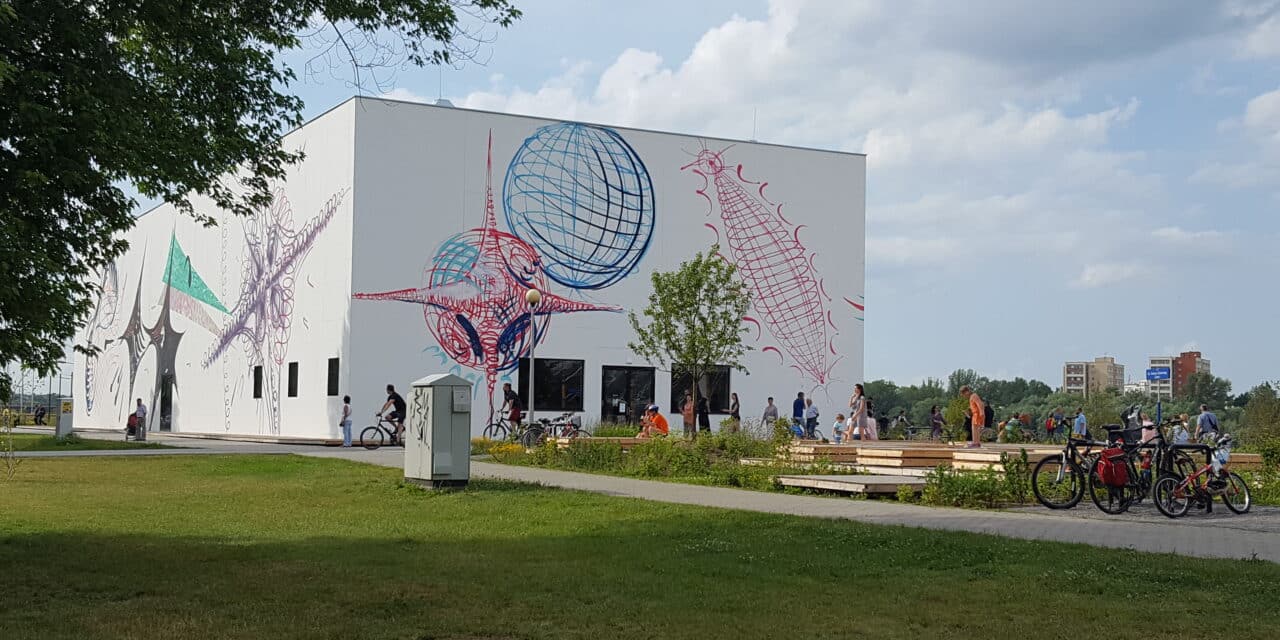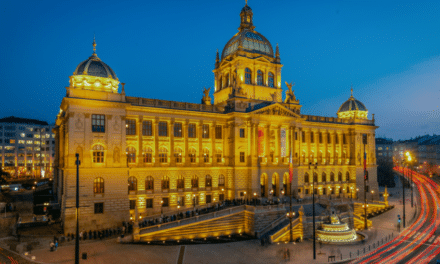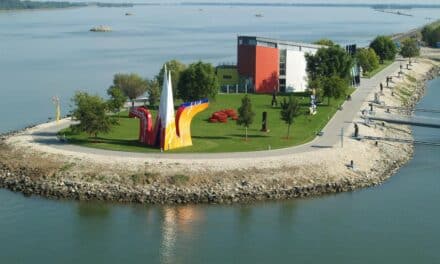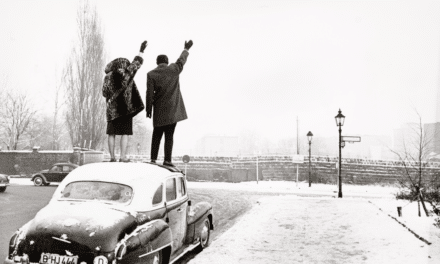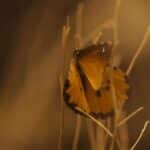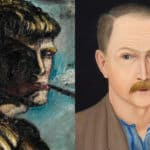Maria Prymachenko (1909-1997) is an icon of Ukrainian art. Her work helped shape the cultural heritage of Ukraine. The exhibition A Tiger Came to the Garden. Art by Maria Prymachenko is the first presentation of the artist's work in Poland on this scale. The gouaches on display here, dating from 1982-1994, come from the private collection of Eduard Dymshyts and are a selection from hundreds of works by Prymachenko.
For more than six decades, Prymachenko created art in the village of Bolotnya in the Polesia region, halfway between Kiev and Chernobyl, an area she never left. She survived the Holomodor, the Second World War and the Chernobyl nuclear disaster (her family village was within the 30 km exclusion zone) and lived to see an independent Ukraine. In 1935, she was "discovered" as a folk artist and employed as an embroiderer in the Central Experimental Studio of the Museum of Ukrainian Art on the grounds of Pechersk Lavra in Kiev. Her works were exhibited at the First Republican Exhibition of Folk Art in Kiev in 1936 and at the World Exhibition in Paris in 1937, as well as in numerous European cities, including Warsaw, Prague and Sofia. She was a painter, embroiderer, ceramicist and illustrator of children's books. She became a professional folk artist. From the 1960s, she ran an art school in Bolotnya. She continued her artistic work until the end of her life.
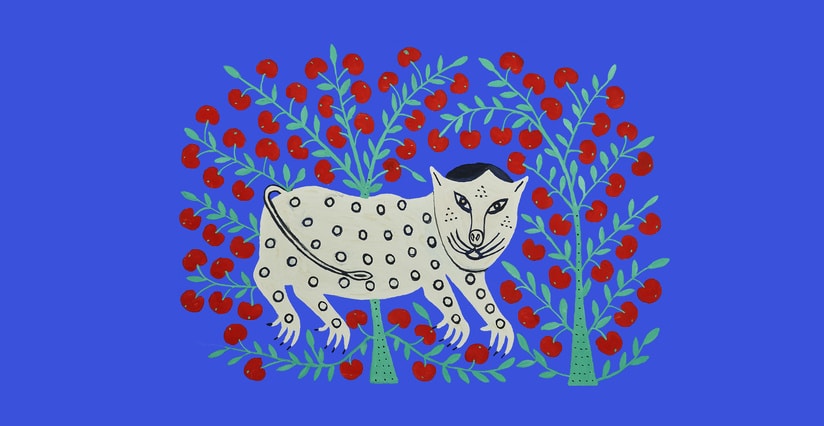
Museum of Modern Art Warsaw: A Tiger Came to the Garden - Art by Maria Prymachenko © Museum of Modern Art Warsaw
After Russia's invasion of Ukraine, Prymachenko's works became particularly topical, partly due to their anti-war message. In 2022, the local museum in Ivankiv, not far from Bolotnya, was burned down, although some of her paintings were saved. The Maria Prymachenko exhibition at MSN Warsaw is a continuation of efforts to expand knowledge about Ukrainian culture.
March 22 to June 30, 2024

